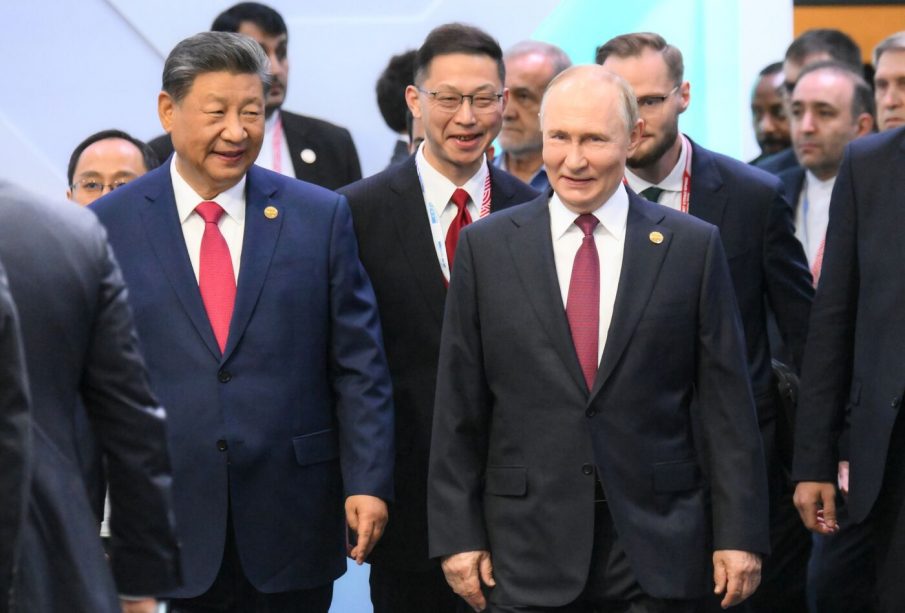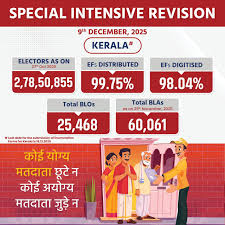The Rise of BRICS: Challenges and Opportunities Ahead

Introduction
The BRICS alliance, comprising Brazil, Russia, India, China, and South Africa, has gained significant attention in recent years due to its growing economic influence and geopolitical relevance. This bloc represents over 40% of the world’s population and nearly a quarter of global GDP, making it a crucial player in discussions about international trade, investment, and development. As the global landscape evolves, understanding the dynamics of BRICS and its impact on global economics and politics becomes imperative for policymakers, businesses, and citizens alike.
Recent Developments in BRICS
In recent months, BRICS has seen a surge in interest from other nations looking to join the group. Following the July 2023 summit in Durban, South Africa, the bloc welcomed six new members: Argentina, Egypt, Ethiopia, Iran, Saudi Arabia, and the United Arab Emirates. This expansion marked a significant step in bolstering BRICS’s influence on a global scale, as new members potentially enhance the bloc’s economic and political clout.
Analysts note that this expansion aligns with a shift in global power dynamics, with emerging economies seeking a stronger voice in a world historically dominated by Western nations. The addition of these new members illustrates a shared vision among countries striving for more equitable governance and economic development, particularly in the face of Western-imposed sanctions and trade barriers.
Challenges Facing BRICS
Despite its rapid growth and potential, BRICS faces numerous challenges. The diverse political systems, economic conditions, and cultural backgrounds of its members can create friction, particularly when aligning on key issues such as trade policies and foreign relations. Moreover, the ongoing geopolitical tensions, such as the Russia-Ukraine conflict, have complicated the relationships within the bloc, potentially impacting collective decision-making.
In addition, economic disparity among BRICS nations poses a significant hurdle. While China and India are among the world’s largest economies, Brazil, Russia, and South Africa struggle with varied economic issues, which can hinder cohesive strategies.
Conclusion
The future of BRICS remains uncertain but full of potential. As it increases its membership and seeks to solidify its position in global governance, the bloc could reshape economic relationships and international diplomacy. For readers, the developments within BRICS are crucial as they signal shifts in trade partnerships and global economic power. Monitoring these changes will be vital for understanding the evolving landscape of international relations, particularly in light of the expanding influence of non-Western nations.









